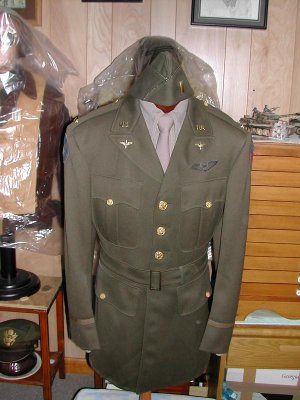aswatland
My Mail is Forwarded Here
- Messages
- 3,338
- Location
- Kent, England
Oops! I did indeed mean AN! This is a helpful analysis Charles. I think many people have confused seal brown with a darker shade when in fact the original seal was actually a shade of russet. The wide variations in colours during the War was down to Wartime expediencies when contracts of 50,000 jackets had to be fulfilled.




